When curiosity turned into an unexpected act of connection.

It started like something straight out of a small-town news story that warms the world for a day. A young black bear wandered into the North Carolina Zoo grounds, crossing into the very place where his kind are usually the ones behind the barriers. What could have been a safety concern became something gentler, a reminder of how wildlife and humans sometimes stumble into mutual understanding. Park staff moved with care instead of alarm, and what unfolded over the next few hours became a lesson in patience, instinct, and empathy toward a creature simply trying to find safety.
1. The bear appeared just before the morning crowd.
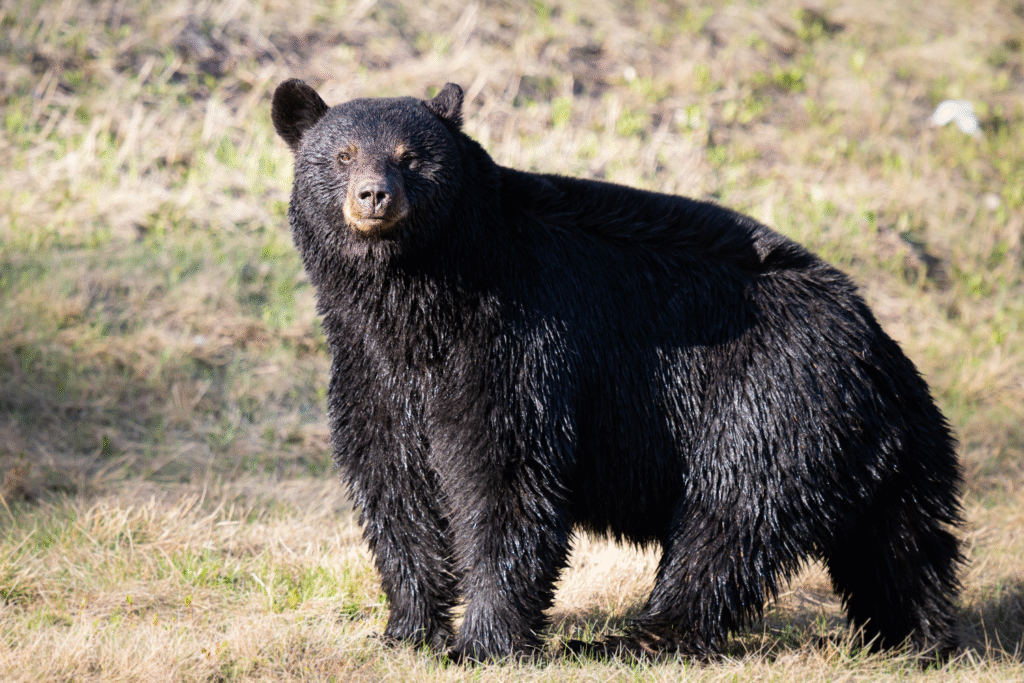
Before visitors arrived, zookeepers spotted a young black bear roaming near the aviary trail. It wasn’t one of their residents but a wild juvenile wandering through open forest connected to the zoo’s perimeter. According to the North Carolina Zoo’s official statement, the bear was likely drawn by scents of food and the sound of other animals. Instead of panic, the team quietly cleared the area, keeping the bear calm. Their measured response helped prevent distress for both guests and wildlife, showing how professional training can transform an unexpected encounter into a moment of coexistence, as stated by the zoo.
2. Staff used calm tactics instead of confrontation.
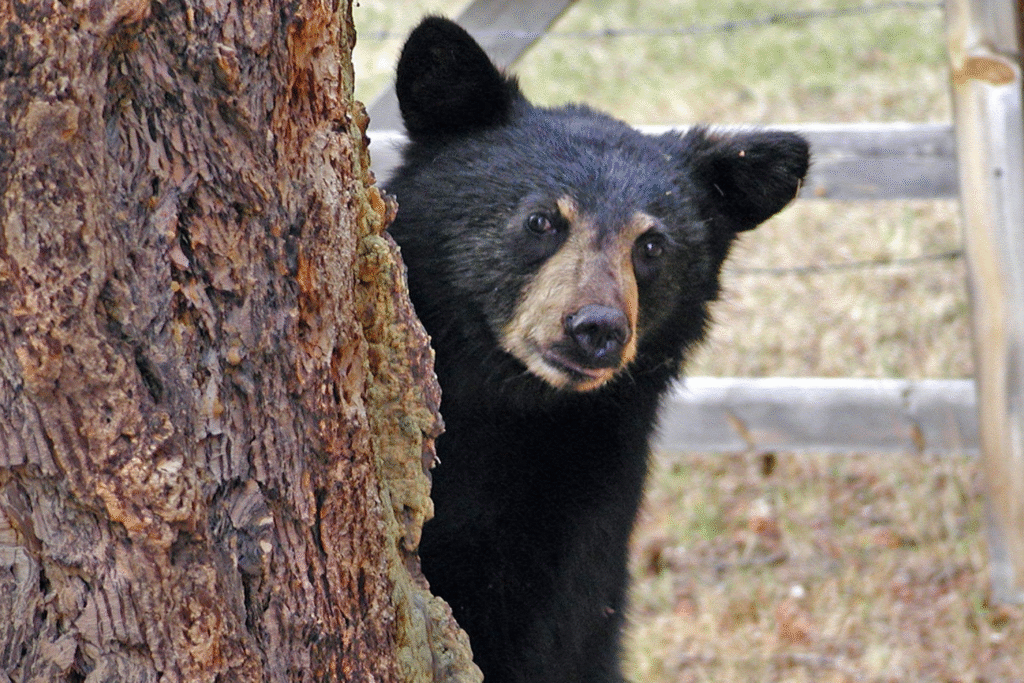
Rather than sedating or cornering the bear, wildlife specialists worked gently to encourage it to retreat toward nearby woodland. This patient approach reflected updated animal management standards emphasizing non-invasive intervention. The calm, step-by-step method ensured the young bear experienced minimal fear. It also demonstrated how respect can replace force when handling wildlife interactions. The event later became an example in staff safety training sessions across several regional parks, reinforcing how deliberate calm can change an outcome completely, as reported by National Geographic Wildlife News.
3. The bear’s behavior surprised even veteran caretakers.
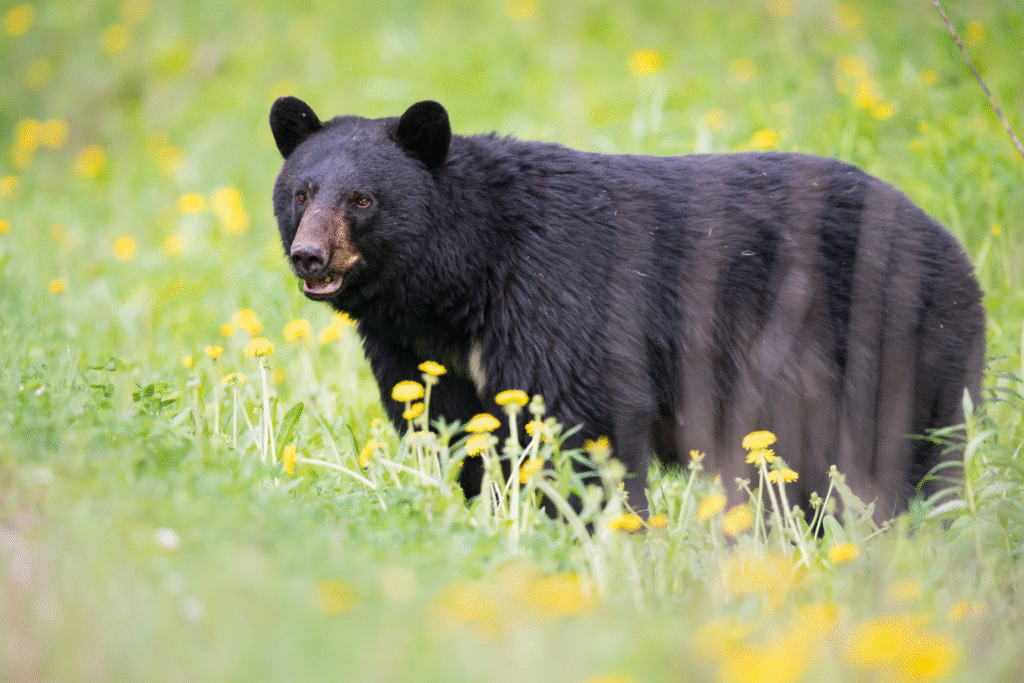
What caught everyone off guard was the bear’s demeanor. Instead of aggression, it appeared timid and observant, sniffing at trees and walking near enclosures as though curious about its larger cousins inside. The North Carolina Wildlife Resources Commission noted that young bears displaced by drought or habitat loss often seek temporary refuge in protected spaces. It’s not defiance—it’s survival. Observers said this bear seemed cautious yet intelligent, navigating human structures without causing damage. The incident underscored how adaptive these animals are becoming as environments change faster than they can adjust, as discovered by the Commission.
4. The zoo turned the moment into a teaching opportunity.
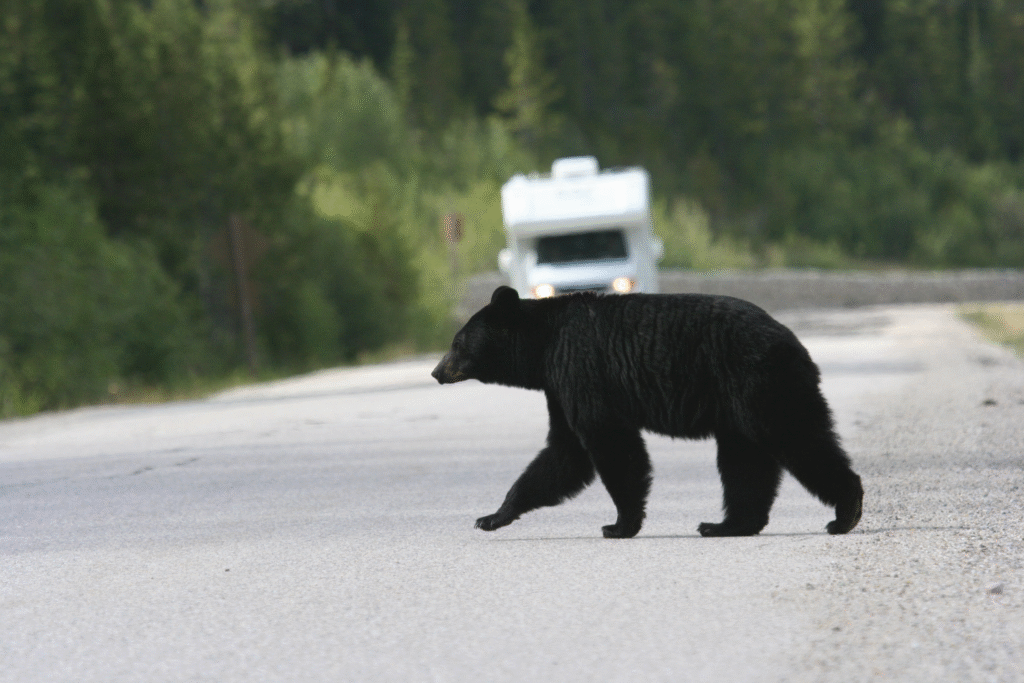
Once the bear had safely left the grounds, staff used the event to educate visitors about habitat conservation. They explained how increasing urban sprawl pushes young animals toward human spaces, not out of curiosity but necessity. Through signs and social posts, the zoo encouraged locals to secure food waste and respect wildlife boundaries. It became a real-time example of how even surprise encounters can fuel awareness. Instead of fear, the story sparked conversations about coexistence, turning a brief incident into something that resonated beyond the zoo’s gates.
5. Local rangers later tracked the bear’s movements nearby.
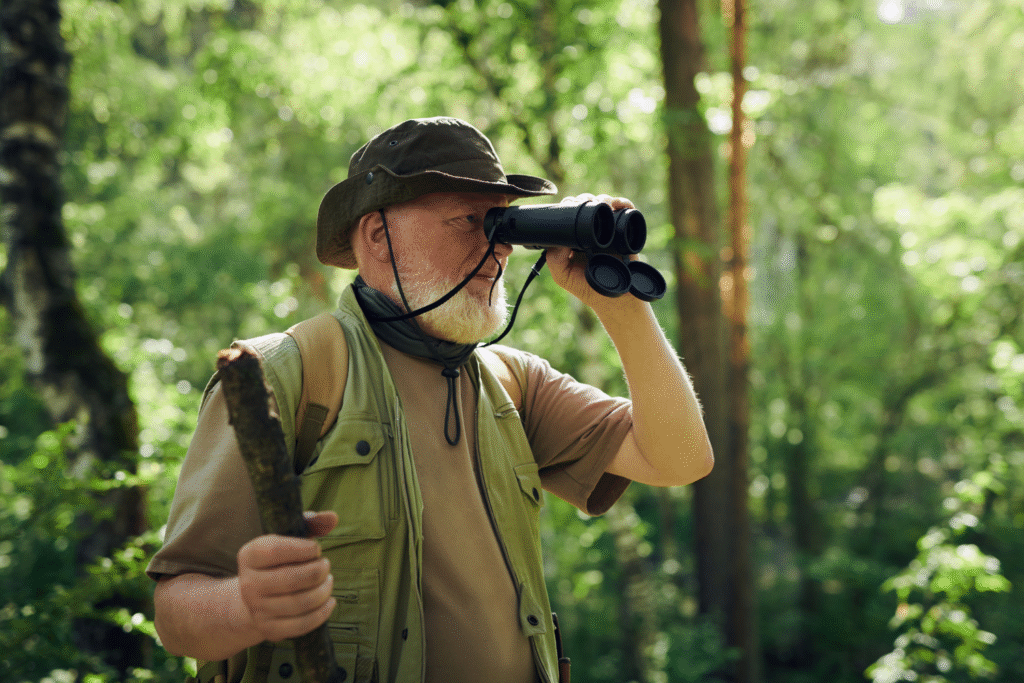
In the days that followed, wildlife officers set up trail cameras to monitor the bear’s direction. The footage showed it moving deeper into Pisgah National Forest, far from human areas. Rangers believed it was searching for stable territory, free from roads and noise. The successful relocation offered a quiet victory, proof that intervention without confrontation works. The community watched updates with unexpected tenderness, realizing the bear had become something of a neighborhood symbol for resilience and adaptation in a crowded world.
6. Social media gave the young visitor a nickname.

As word spread online, locals affectionately dubbed him “Little Wanderer.” Within hours, photos taken by zoo workers began circulating, showing a small dark silhouette among the tall trees. People shared them with comments about peace, nature, and how rare it is to witness something so pure amid routine life. The bear, unknowingly, became a digital ambassador for patience and empathy. Through every share and comment, the public sentiment shifted from surprise to affection, giving the brief visit a storybook ending that felt bigger than the event itself.
7. The zoo reviewed its boundaries for animal safety.

Following the incident, zoo management conducted a quiet review of fencing, food storage, and trail monitoring. The goal wasn’t to punish the bear for curiosity but to prevent future risks for both species. Staff found that drought conditions had driven smaller animals closer to human activity, so improvements were made to create clearer exits for wildlife. These upgrades didn’t just make the park safer—they became part of a growing model for “open coexistence zones” now being studied by several conservation groups. One unexpected bear inspired long-term change without even knowing it.
8. Visitors returned inspired rather than afraid.
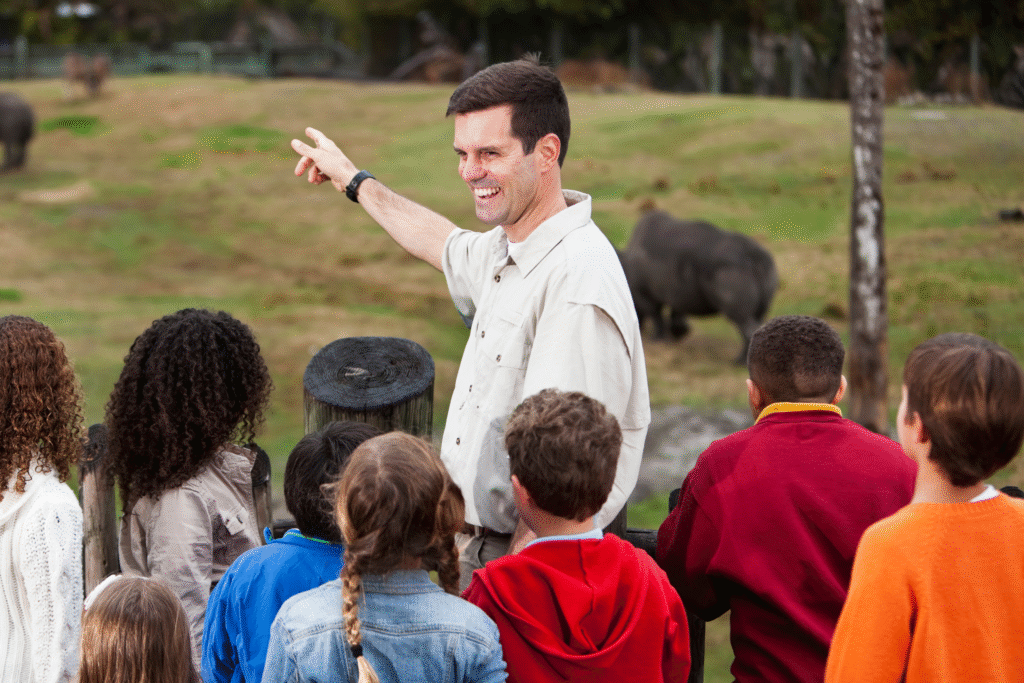
Many guests who arrived later that day said they felt lucky just knowing they’d walked where the young bear had wandered hours earlier. The zoo leaned into that feeling, framing it as a rare glimpse into the delicate balance between wild and protected worlds. Families talked about respect instead of fear. That shift in tone echoed far beyond one morning’s event, showing how perspective can change everything when nature crosses our paths unexpectedly. Sometimes, the stories that stay with us aren’t the loud ones—they’re the quiet encounters that remind us to care.
9. Conservationists pointed to the story as a symbol.

Environmental advocates across the region began using the bear’s visit as a talking point about how fragmented habitats push animals into unfamiliar territory. It wasn’t an isolated case but a reflection of wider ecological stress. They urged for wildlife corridors connecting forests and parks, so creatures like this young bear can roam freely without risk. The event that began as a near-mishap evolved into a narrative about connection, showing that compassion and science can meet in moments of surprise. The bear, unknowingly, had become a tiny but powerful catalyst for empathy-driven change.
10. The bear’s safe return closed the story beautifully.

Weeks later, park rangers confirmed the bear had established a new range deeper in the mountains, living safely and alone as nature intended. The zoo staff who first saw him smiled at the news, relieved and proud. What started as an unexpected visit became a reminder of what happens when humans choose patience over panic. The young bear’s quiet exit left behind something enduring—a renewed respect for wild lives that cross our paths seeking only safety. Sometimes, the kindest stories unfold when no one tries to control them.
